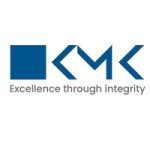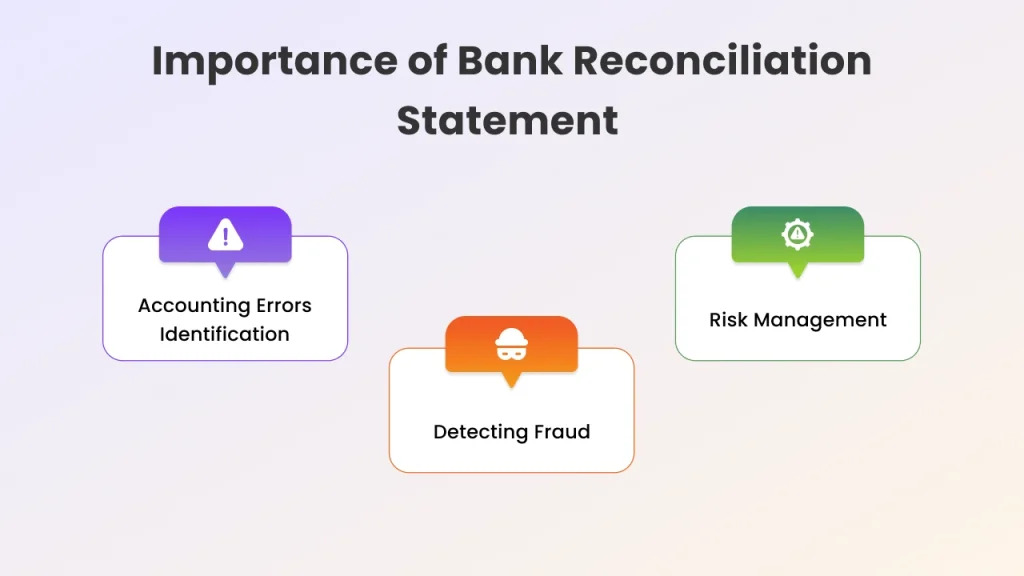Financial reconciliation is the backbone of accurate accounting, yet it’s often vulnerable to errors, delays, and even fraud. Whether you’re reconciling bank accounts, vendor ledgers, or intercompany transactions, mistakes in the reconciliation process can lead to incorrect reporting, compliance risks, and poor decision-making.
That's where risk management in reconciliation comes in. By applying risk management principles, you can proactively detect and prevent errors before they cause serious damage.
In this blog, we’ll walk through how errors typically occur in reconciliation, and outline practical strategies to detect and prevent them using effective risk management techniques.
Understanding Reconciliation Errors and Their Impact
Before you can manage risk, you need to understand what you're managing. Reconciliation errors can take many forms:
- Data entry mistakes (e.g., transposed numbers, missed entries)
- Timing differences between transaction records and bank statements
- Duplicate transactions
- Missing documentation
- Unreconciled items carried over across periods
- Fraudulent adjustments or manipulated entries
Even small errors can snowball into serious issues, such as:
- Inaccurate financial reporting
- Tax filing discrepancies
- Audit failures
- Compliance penalties
- Loss of stakeholder trust
By applying a risk management approach to your reconciliation processes, you can identify vulnerabilities, create controls, and ensure data integrity.
Step 1: Identify Key Risks in Your Reconciliation Process
The first step in applying risk management is conducting a reconciliation risk assessment. Ask:
- Where are errors most likely to occur? (e.g., manual entries, bank feeds)
- Who has access to reconciliation and approval processes?
- Are there known control gaps?
- Which accounts carry the highest risk or transaction volume?
Once you’ve mapped out your risks, you can prioritize which areas need the most attention and implement controls accordingly.
Step 2: Detect Errors Early with These Risk Management Techniques
Early error detection can save your team time, money, and headaches. Here are practical strategies to catch issues before they escalate:
✅ 1. Automate Transaction Matching
Manual matching is time-consuming and error-prone. Use reconciliation software that can:
- Automatically match transactions
- Flag mismatches
- Reconcile bank feeds and general ledgers in real time
Automation not only improves accuracy but frees up your staff for exception handling and review.
✅ 2. Use Exception Reporting
Exception reports highlight anomalies such as:
- Missing transactions
- Unusual amounts
- Entries outside expected date ranges
- Repeated reconciliation delays
Make sure your team reviews exception reports daily or weekly, depending on transaction volume.
✅ 3. Reconcile Frequently
Monthly reconciliations are no longer sufficient for most businesses. To detect issues early:
- Reconcile high-volume accounts daily or weekly
- Set up auto-reminders for reconciliation cycles
- Track aging unreconciled items to avoid snowballing discrepancies
Timely reconciliation makes discrepancies easier to identify and correct.
✅ 4. Monitor Key Risk Indicators (KRIs)
Define and track KRIs to detect red flags. Examples include:
- High volume of manual adjustments
- Unusual reversal patterns
- Long outstanding reconciliation items
- Increase in late reconciliations
Tracking KRIs over time helps you spot patterns that indicate control breakdowns or errors.
Step 3: Prevent Reconciliation Errors with Strong Risk Controls
Detection is important — but prevention is even better. Here's how to build a solid control environment around reconciliation.
✅ 5. Implement Segregation of Duties
One of the biggest risks in reconciliation is allowing the same person to handle data entry, reconciliation, and approvals. This creates an opportunity for undetected errors — or worse, fraud.
- Separate responsibilities between data preparers, reviewers, and approvers
- Enforce maker-checker principles in software workflows
- Regularly audit access rights and role permissions
Segregation of duties protects the integrity of your financial data.
✅ 6. Create Standardized Reconciliation Templates
Standard templates ensure consistency across teams and entities. Your template should include:
- Date of reconciliation
- Reconciler’s name and signature
- Supporting documents attached or linked
- Explanation for unreconciled differences
- Supervisor sign-off
Standardization reduces ambiguity and helps identify process breakdowns quickly.
✅ 7. Establish a Reconciliation Policy
A formal reconciliation policy outlines expectations and compliance requirements, including:
- Frequency of reconciliations
- Deadlines for resolution of discrepancies
- Approval hierarchies
- Documentation and audit trail guidelines
- Consequences for non-compliance
When everyone understands the rules, accountability and quality both improve.
✅ 8. Train and Upskill Your Team
Many reconciliation errors stem from a lack of training. Ensure your finance team understands:
- The importance of accurate reconciliation
- Common error types and red flags
- How to use reconciliation tools
- Internal policies and control procedures
Consider periodic refresher training and include reconciliation best practices in onboarding programs.
✅ 9. Use Audit Trails and Version Control
Every adjustment in a reconciliation should be traceable. Use tools that:
- Log changes with user timestamps
- Maintain version history
- Allow read-only access to sensitive areas
A clear audit trail builds accountability and supports regulatory compliance.
Step 4: Continuously Improve Your Reconciliation Risk Management
Risk management is not a one-time fix — it’s an ongoing cycle. To improve continuously:
- Review reconciliation metrics monthly
- Solicit feedback from your finance team on process pain points
- Use audit results to refine internal controls
- Update policies and procedures as systems evolve
Strong reconciliation risk management is a competitive advantage. It improves financial accuracy, reduces audit stress, and enhances trust with stakeholders.
Final Thoughts
Reconciliation is more than just a checklist item — it’s a critical control that protects the financial health of your organization. By integrating risk management into reconciliation, you can detect errors early, prevent future mistakes, and build a resilient, compliant finance function.
With the right mix of automation, internal controls, team training, and policy enforcement, your organization can reduce reconciliation risk and operate with greater confidence and accuracy.
So ask yourself: Is your reconciliation process just reactive — or truly risk-aware? If it’s the former, now is the time to take control.






Comments